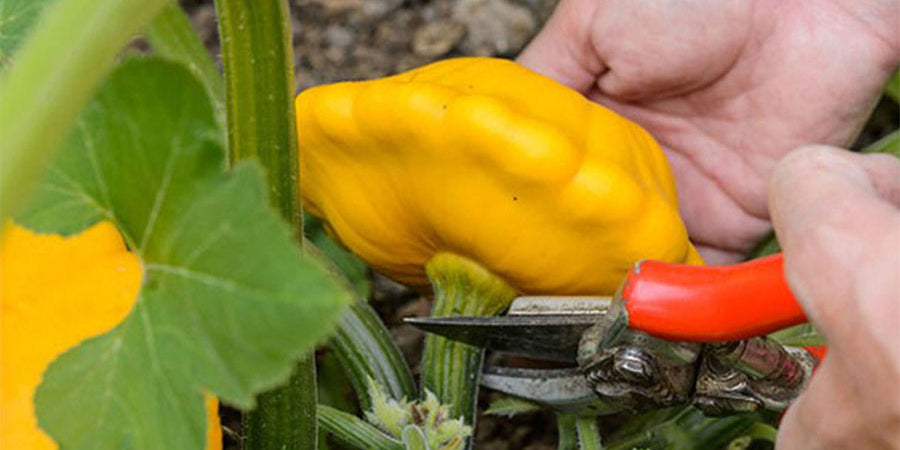Greetings from Lancashire...
August Sowings & Advice

We’ve passed the halfway mark for the year now and any vegetable seed sowing is looking forward to autumn and winter crops rather than summer food. This means that plants that grow well now are ‘hardy’ and so will be able to cope with cooler soil and the frosts that usually start in October. But it’s good to sow these seeds now while the soil is still warm from the summer sunshine, and we have plenty of hours of daylight to encourage growth.
August Sowings
Onions are a great crop to try for beginners as they are easy to grow and relatively pest free. Chemicals in the leaves deter slugs, so they are an excellent choice if you’re plagued with these in your garden. I’m sowing Onion ‘Toughball’ directly in the soil this month to replace the radish that I’ve harvested. If you’re doing the same as me and re-sowing into the soil or a pot do remember to add some fertiliser first. I recommend Chicken Manure pellets, which are organic, and contain a wide range of nutrients and trace elements. Add the pellets at least a week before sowing and water them if there is no rain. This will break up the pellets and help them dissolve into the soil and release the nutrients.
Leave 30cm between your rows of onions and sow the seeds in mini-trenches 1.5cm deep. As the seedlings emerge you should start thinning them out to eventually leave 10 to 15cm between each plant. These onions will grow over the winter and be ready for an early harvest in mid Spring next year.
Unfortunately, slugs are partial to lettuce, so I’m sowing my Lettuce 'Arctic King' seeds in between my rows of onions. Hopefully, the powerful scent of the onions will mask my lettuce seedlings and put off the slugs. This lettuce variety will grow over the autumn and be ready to harvest in the early spring, providing fresh greens early in the season. As with the onions, you should sow the seeds 1.5cm deep in rows 30cm apart. If you’re growing in pots or containers, sprinkle the seeds across the compost or soil and then cover with 1.5cm of compost. As the seedlings grow, thin them out to leave space for them to mature.
Daikon Radish, also known as Mooli, is an excellent beginners’ vegetable and ideal for the impatient gardener as it is ready to harvest in 6 weeks. It has a milder taste than most radishes and is a larger root up to 30cm long and 10cm wide. It can be pickled, eaten raw or cooked in many Asian-style dishes. The seeds should be planted 1cm deep and if you are growing in a pot it will need to be at least 35cm deep to allow space for the root to develop.
Another slug-resistant leafy green vegetable is Chicory, which has bitter flavour. I’m sowing 'Chicory Variegato Di Castelfranco', which has green leaves freckled with red, making it an attractive plant to grow in containers.
You can let it grow to its full size (30cm in diameter) or harvest it as ‘cut-and-come again’; picking a few leaves and letting the plant continue growing. This is a good harvesting method to use if you’ve got limited space and Chicory will see you through the winter with fresh greens.
If you’re not keen on the bitter taste, try blanching the leaves by steaming them for a few minutes and then rinsing in plenty of cold water.
Final Thoughts
Keep checking for signs of pests. Second wave of Cabbage white butterfly will be laying eggs on brassica plants. Use mild soapy water to remove eggs from underside before caterpillars emerge and decimate leaves of winter crops. Remove and burn any tomato and potato leaves and stems affected by blight. Mix garden compost with straw and farm manure to mulch around plants to converse moisture in the soil.
For those not wanting to sow more vegetables, don't leave the soil bare, take this opportunity to sow a Green Manure over winter.
Read more about Sue's horticultural expertise and projects on her website HERE



